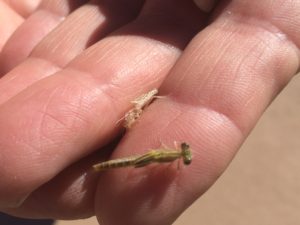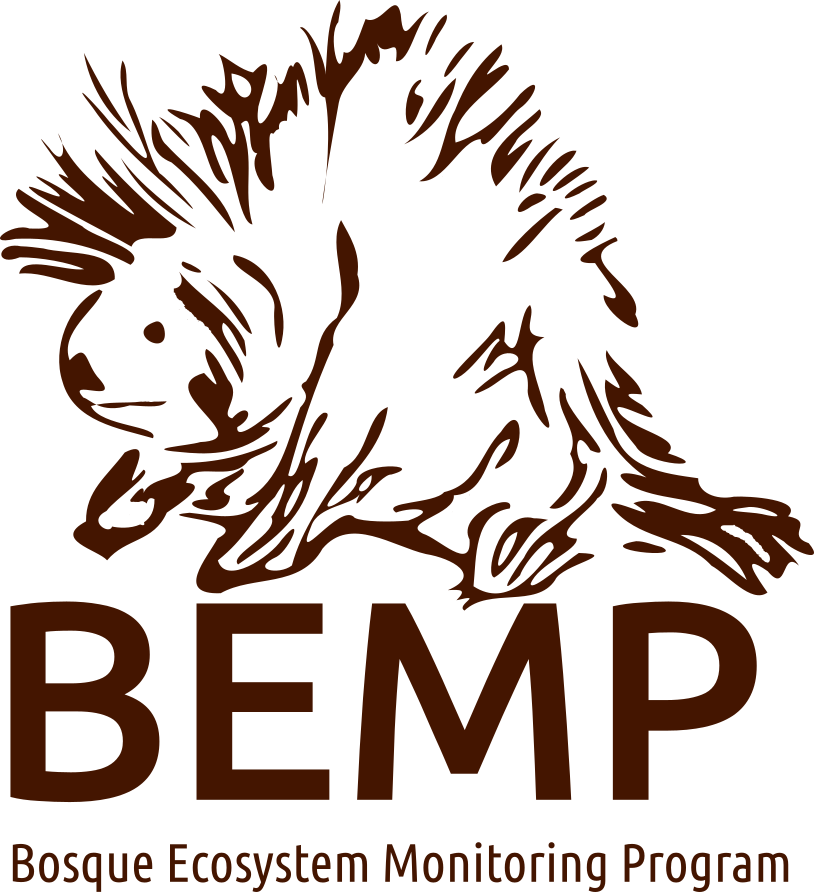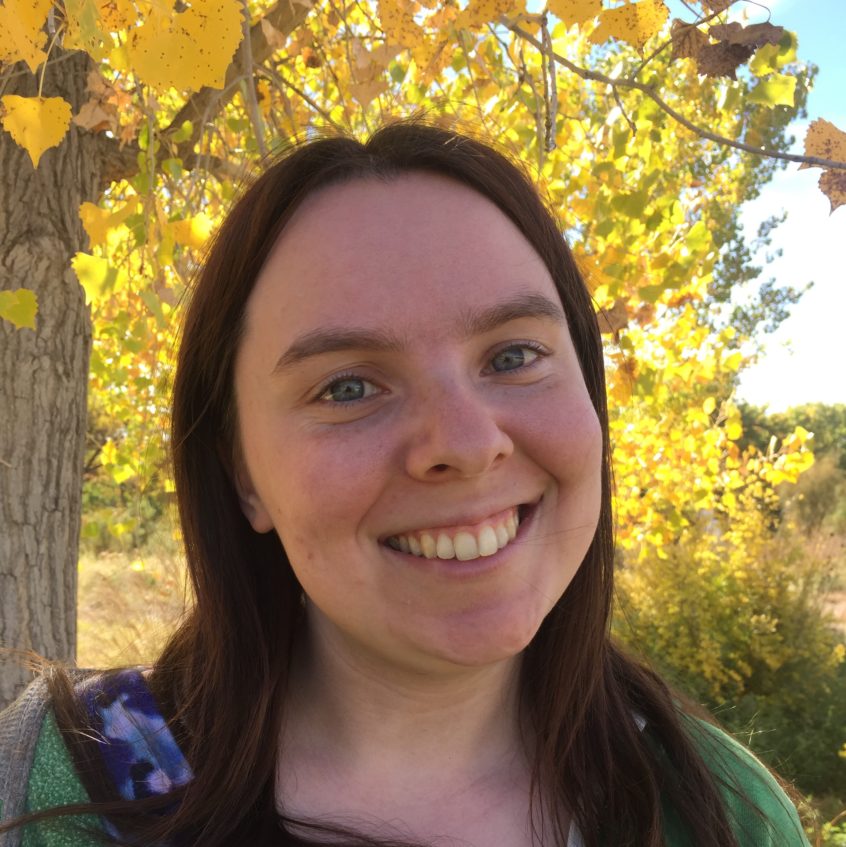Guest Blog Post by Rose Hardesty:
My name is Rose Hardesty, BEMP’s newest Environmental Education Intern. I am an Antioch College student, and my time at BEMP will be my third co-op experience. The co-op program is one of the many ways Antioch emphasizes a holistic education: students are required to complete four terms working at full-time jobs or internships in order to graduate. Co-op presents an opportunity to learn and grow through real time working in careers or causes students are passionate about, instead of simply learning about them in a classroom. In this way, it is similar to BEMP, a program that allows students to participate in experiential learning while doing real work that benefits the larger community.
I have been able to hit the ground running with BEMP, observing and assisting in classrooms across Albuquerque, and with student groups out in the Bosque. What I have witnessed during my short time here is students who are aware and excited by the work BEMP is doing and their own contributions to it. They are familiar with the environment they live in and have a strong sense of place from a very young age. The students I have worked with are learning or already know: how to identify native and exotic species, where their drinking water comes from, and the impacts humans have had on the local ecosystem over time. As well as recognizing their place in the history of the landscape, they also feel connected to the history and legacy of BEMP itself. Younger students build on the work that was done before them, older BEMPers guide the younger generation and recruit them for special projects.
Not all of the students I have worked with have had the same exposure to BEMP, and some had never been out to the bosque. While the difference between these students and students with more outdoors and BEMPing opportunities was sometimes very apparent, many lessons even in these classrooms were able to connect to something students had experienced in their environment: the cottonwood seedlings or “New Mexico snow” in May and June, or wildlife sightings in the Wal-Mart parking lot near the river.
During my time so far, I have seen students active and engaged as they handled plants and insects, or built ecosystem models. I have heard them struggle with questions of environmental ethics, such as: How do we balance the needs of humans and the needs of the rest of our ecosystem? I explored with them as they climbed trees, played in the river, and lit up at the sight of wildlife, from macroinvertebrates to birds and fish. One student told me, “At first I didn’t want to spend all day outside, but now I don’t want to leave.”
I came to BEMP because I believe that environmental activism begins with a sense of connection to the spaces we inhabit–to our food, our water, our ecosystem, and our planet. From what I have seen so far, I believe that BEMP’s place-based education model can help foster this sense of connection. I still have a lot to learn, and I look forward to the rest of my BEMP adventuring.

